

Works for children and families
Works for children and families

Evelyn Chang : Fantasies for Children
Orchestration: for piano
Duration: 33'
Fantasies for Children is a set of 20 miniatures for piano solo that can be performed separately or as a set. The themes are based on 20 animals. They are music memos from story reading and play times between the composer and her sons.
The set includes:
Title Duration
Ants 1'14
Cat 1'35
Reindeer 2'21
Elephant 2'12
Mosquito 1'48
Jellyfish 1'11
Fox 1'36
House Sparrow 1'05
Snake 2'29
Winter Migrant 1'12
Zebra 1'13
Squirrel 2'07
Lion 2'04
Wolf 1'05
Roseate Spoonbill 1'34
Sea Otter 1'01
Cheetah 0'58
Phoenix 1'42
Turkey 1'18
Clown Fish 1'19
Total Duration 32'09 mins
On 4 April 2023, Fantasies for Children Musical Stories audio album was launched including short stories in Mandarin for each of the animal. You can listen here for free : https://www.youtube.com/watch?v=W-z_uLMFi8Q
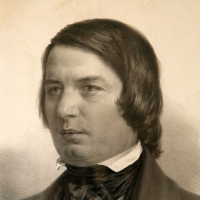
Robert Schumann: Kinderszenen
Orchestration: for 4× guitar
Duration: 20'
Sef Albertz's unique version for Guitar Quartet of the celebrated piano cycle «Kinderszenen» by Robert Schumann.
"This interesting enrichment of the repertoire promises to be a lot of enjoyment [...] 20 minutes of magic".
(Akustik Gitarre Magazine, 2024)
Albertz's reinterpretation "leads to completely new and quite unknown perspectives of the compositions...invites you to rediscover that well-known music".
(Magazine KulturAspekte, 2024)
-----
Commissioned by GfzM e.V. Leipzig
World Premiere: September 11th 2010 (Mediencampus Villa Ida), during the Concert Series Leipziger Herbst Con Guitarra! (Leipzig)
Recorded by Sef Albertz on his concept album «Bunch of Strings»
The Album can be streamed or downloaded at the following links:
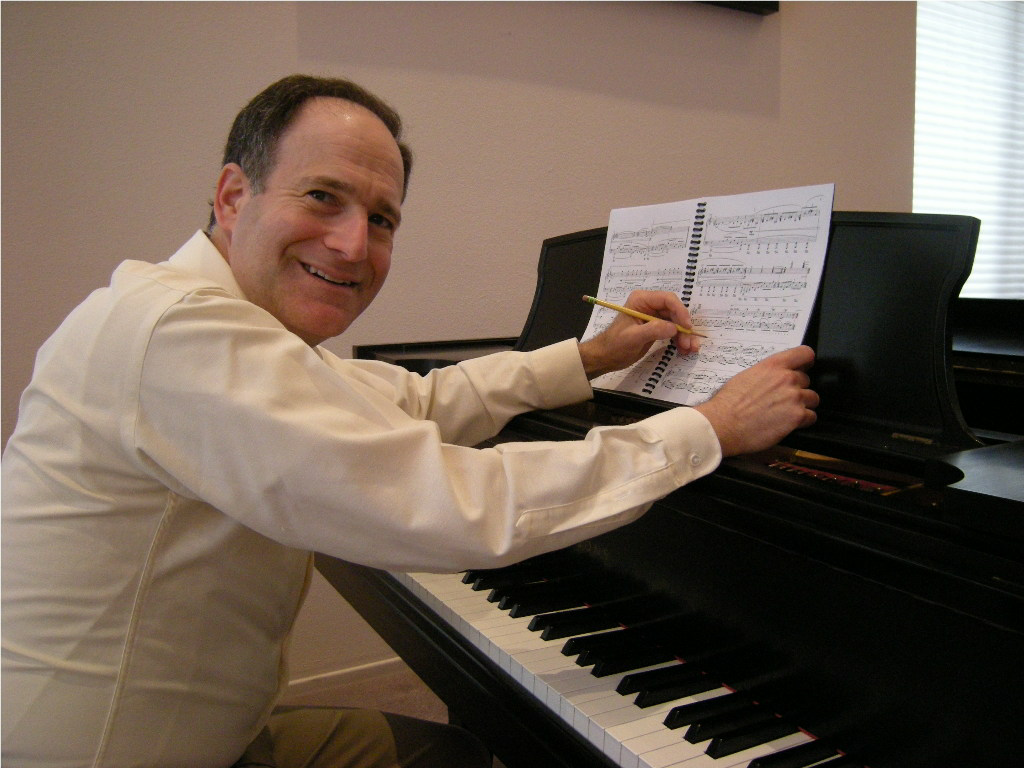
Aaron Alter: Vanilla, Chocolate and Strawberry
Orchestration: for flute
Duration: 7'
Vanilla, Chocolate and Strawberry got its name from the first three measures of the Jazz-inspired theme (for the C Flute), where the harmony journeys through three chords, as your taste buds would journey as they delight in discovering each of the three flavors of Vanilla-Chocolate-Strawberry ice cream.
Just as you have contrasting flavors juxtaposed in Vanilla, Chocolate and Strawberry ice cream, these four variations are very different from each other. The first variation for Alto Flute is lyrical and flowing, while the second variation, also for Alto Flute is more jazz-like. The third variation, for Bass Flute, is slow and soulful with a tinge of sadness, while the fourth variation, for Piccolo, is bright, extroverted and happy, combining classical and jazz flavors.
Vanilla, Chocolate and Strawberry, Theme and Four Variations are a fun way for the audience to hear four different kinds of flutes, each with their own distinct personalities.
Eating ice-cream while listening is optional!
The audio recording is by the flutist Iwona Glinka, from her award-winning album entitled "Daleth" on the Phasma Music label (distributed by Naxos.) Daleth won a Silver Medal from the 2018 Global Music Awards.

Barry Conyngham: The Oath of Bad Brown Bill
Duration: 60'

Paul Coles: The Amazing Animal Band
Orchestration: for speaker and Orchestra
Duration: 17'
A commical story set to music with narration for children and adults. Premiered in 2006 by the Dorset Chamber Orchestra and narrated by the film and television actor Martin Clunes for their music for Youth Concert , the story is based loosly upon the original Grimm Brothers story 'The Bremen Town Band'. The characters, Donkey, Dog, Cat and Cockerel set off on a journey to play music in Bremen. They encounter villains and brigands en route. All characters are represented by various orchetsral instruments. The narration accompanies the music.
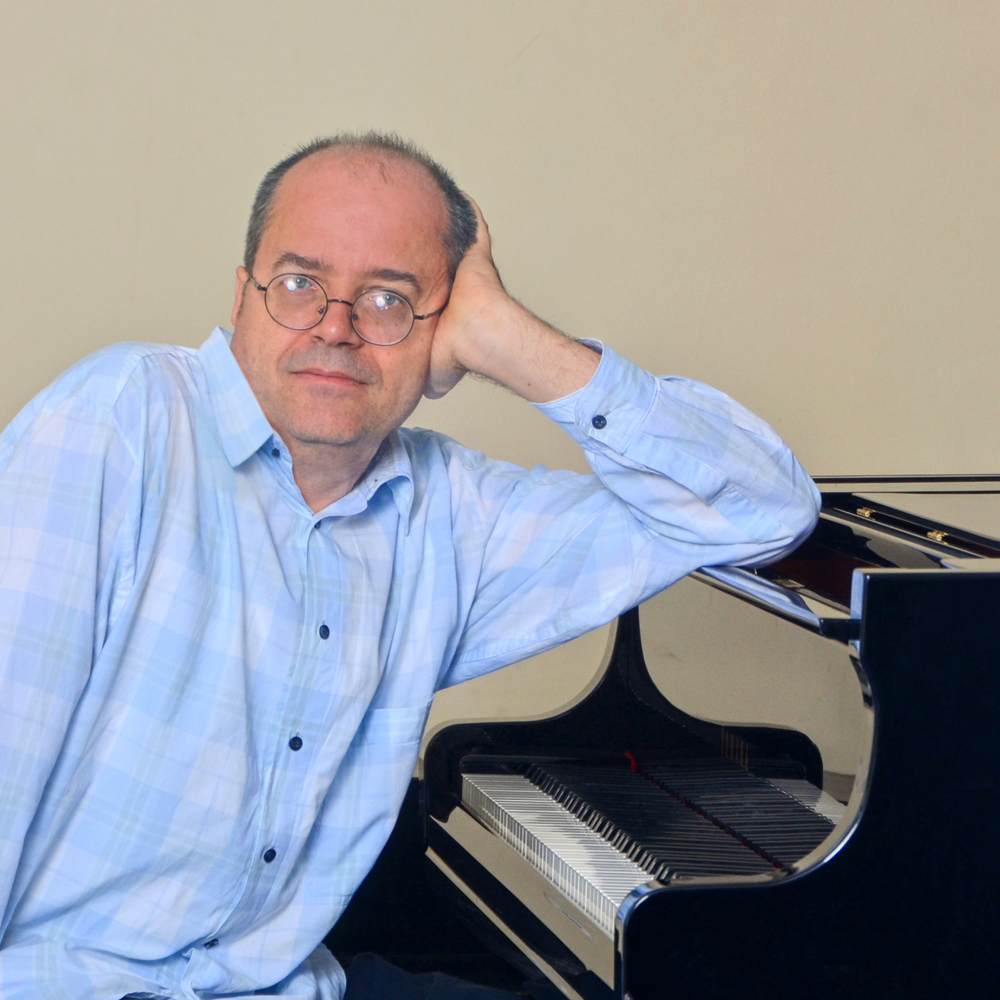
Bozo Banovic: The Pied Piper of Hamelin
Orchestration: for speaker, children's choir, mixed choir, double bass, flute, piano and percussion
Duration: 17'
The tale of the Pied Piped of Hamelin, composed to the lyrics of Robert Browning (1812-1889). Sung in English.
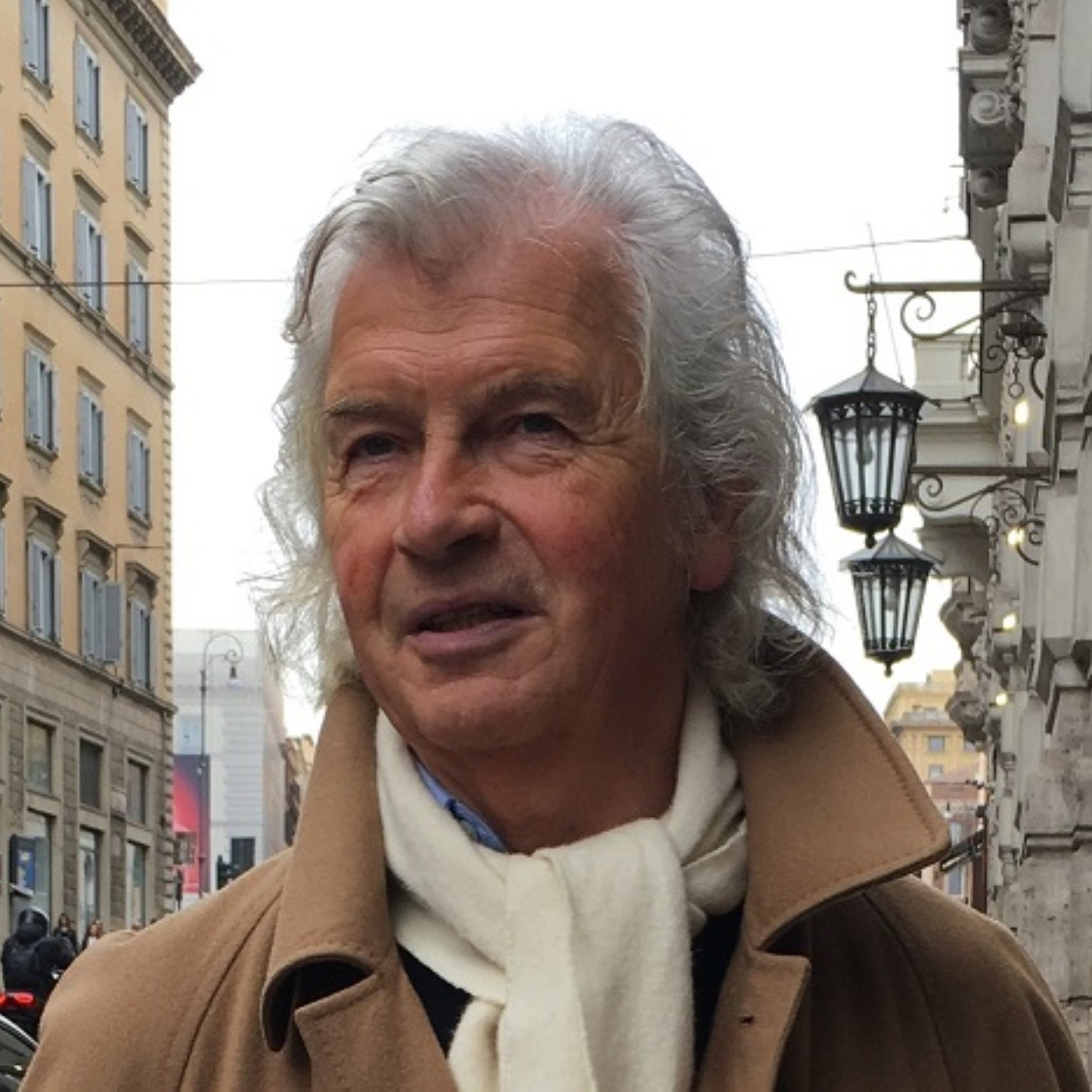
Matthias Bonitz: Wundersame Reise nach Esmir
Orchestration: for voice, speaker, violin I, violin II, viola and violoncello
Duration: 56'
"The Wondrous Journey to Esmir" - a children's opera by Georg Klusemann and Matthias Bonitz, tells a story about integration. A good choice of piece, because different nationalities also meet in the chorus. Director Wolfgang Gruber about his musical multi-culti story: "It's about the father of the main character, Kläusch, hanging up his job, and both decide to visit the Sheik Iphraim of Esmir. A journey through half of Europe begins. It goes over the Balkans - there then a Hungarian song is sung, to Istanbul. Then there is a Turkish song - and then it goes on via a caravanserai, there an oriental song is sung. Finally they come to Sheik Iphraim. He's not well, and Klaus then becomes the sheik's body and stomach poet, so to speak."
Miraculous journey to Esmir:
Father Kretschmar and his son want to visit Sheikh Ifraim. They pack their luggage and off they go: Over dirt roads, villages, towns and dark forests they always walk straight ahead. On the way they have many adventures to overcome. They meet a gypsy family, get into storms, cross the big black sea on a ship, visit Istanbul, a caravanserai. When they finally reach Esmir, the population is in mourning, because the sheikh has been suffering from terrible stomach pains for a long time.
An exciting story by the Essen painter and children's author Georg Klusemann.
Singing and playing along is allowed!
World premiere of the orchestral version: 1994 at the Festspielhaus Recklinghausen with the "Westfälisches Sinfonieorchester" (cond.: Helmut Imig)
World premiere of the string quartet version:
1st Children's Opera Festival Essen, Ceche Karl, June 2009 with the Mannheim String Quartet, Conductor: Alexander Eberle.
Aalto Theater Essen January 2011
with the Mannheim String Quartet, conductor: Alexander Eberle
Together with the Aalto Spatzen, the Mannheim String Quartet and the German-Turkish actor Aydin Isik, we embark on a fairytale journey to Esmir: Father Kretschmar and his son want to visit Sheikh Ifraim. They pack their luggage and off they go: Over dirt roads, villages, towns and dark forests they wander always straight ahead. On the way they have many adventures to overcome. They meet a gypsy family, get into storms, cross the big black sea on a ship, visit Istanbul, a caravanserai. When they finally reach Esmir, the population is just mourning, because the sheik has been suffering from terrible stomach pains for a long time ... The exciting story and the illustrations by the Essen painter and children's book author Georg Klusemann have been wonderfully set to music by Matthias Bonitz. Singing and playing along is allowed!
The wondrous journey to Esmir:
WAZ of 2.9. 1994 (eli): Children's opera tells of friends in foreign lands Fairy-tale premiere in the Festspielhaus - much applause The wondrous opera "The Journey to Esmir", which celebrated an acclaimed premiere in the Festspielhaus, was written by Matthias Bonitz... More than a hundred children acted confidently and with fun on stage. The children's opera (text: Georg Klusemann) invited to a journey to distant lands..Effortless encounters between different cultures..enable new friendships.... In the background, the "Westphalian Symphony Orchestra" conducted by Helmut Imig interpreted the Bonitz music, which consists of a clever mixture of classical sounds, folk music borrowings and quotations from outside Europe.

Katarzyna Brochocka: Puss in Boots
Orchestration: for Orchestra
Duration: 17'
Puss in Boots – Tone Poem
Symphonic poem for a chamber orchestra
Puss in Boots is a tale by Giovanni Francesco Straparola and followed by other authors (i.e. Charles Perrault). The “Puss in Boots” tone poem combines several topics and events from the fairy tale commonly known in different interpretations. The short motives and themes are used in the score to form vivid scenes of joy and sorrow, and occasionally also, the echoes of the evil are audible (the Saw/Flexatone/Piccolo sound).
The composition not only resembles the tone poems of Richard Strauss but ballets of Pyotr Ilyich Tchaikovsky.
The music scenes are organized in the following manner (and marked with Rehearsal Letters):
A – The Mill (The father works with three sons)
B – The Cat Master Cat or Booted Cat, runs freely and carelessly)
C – The Funeral (The old father dies)
D – The Wheel of Fortune (sharing the inheritance, they roll the wheel, throw the dice, and John gets only the cat)
E – Cats recitative - initiative (the cat is now to take care of his master John)
F – Cats action - He goes out and shows possibilities of nature, rest, clean air, river, and creatures that help you
G – Fishes (possible food)
H – The Mouse (brings the news of the rich castle being near)
I – The Cat, the spy of love (sees the beautiful Sophie, and the cat tries to arrange John's marriage)
J – The Ogre – the Wizard (cat gets caught by the evil Ogre/Bad Wizard) regardless of your name unpleasant character
K – The run! The chase! (cat fools the Wizard with the help of the mice)
L – The Victory (The cat wins and continues organizing the wedding ceremony in the castle
M – The Wedding (motives of Sophie and John)
N – The Family (Sophie's family interrupts the rite but gets defeated and joins the party,
O – Oberek - the Polish traditional dance (a happy feast for the newly married!)
Puss in Boots means that the Cat is activated, and acts as a Godly being. Defeats the evil and serves the loving ones. Follow his way! ;)

Matthew Brown: Edoardo
Orchestration: for Ensemble (10+ players)
Duration: 4'
Both Edoardo and another piece called Scenes from Bagni di Lucca were written after a trip to Tuscany. While Scenes of Bagni di Lucca is extremely intricate and reflective (dominated by soli including soft saxophones), Eduardo is intentionally light and focuses only on the behaviour of a single Tuscan lizard - during the same trip!
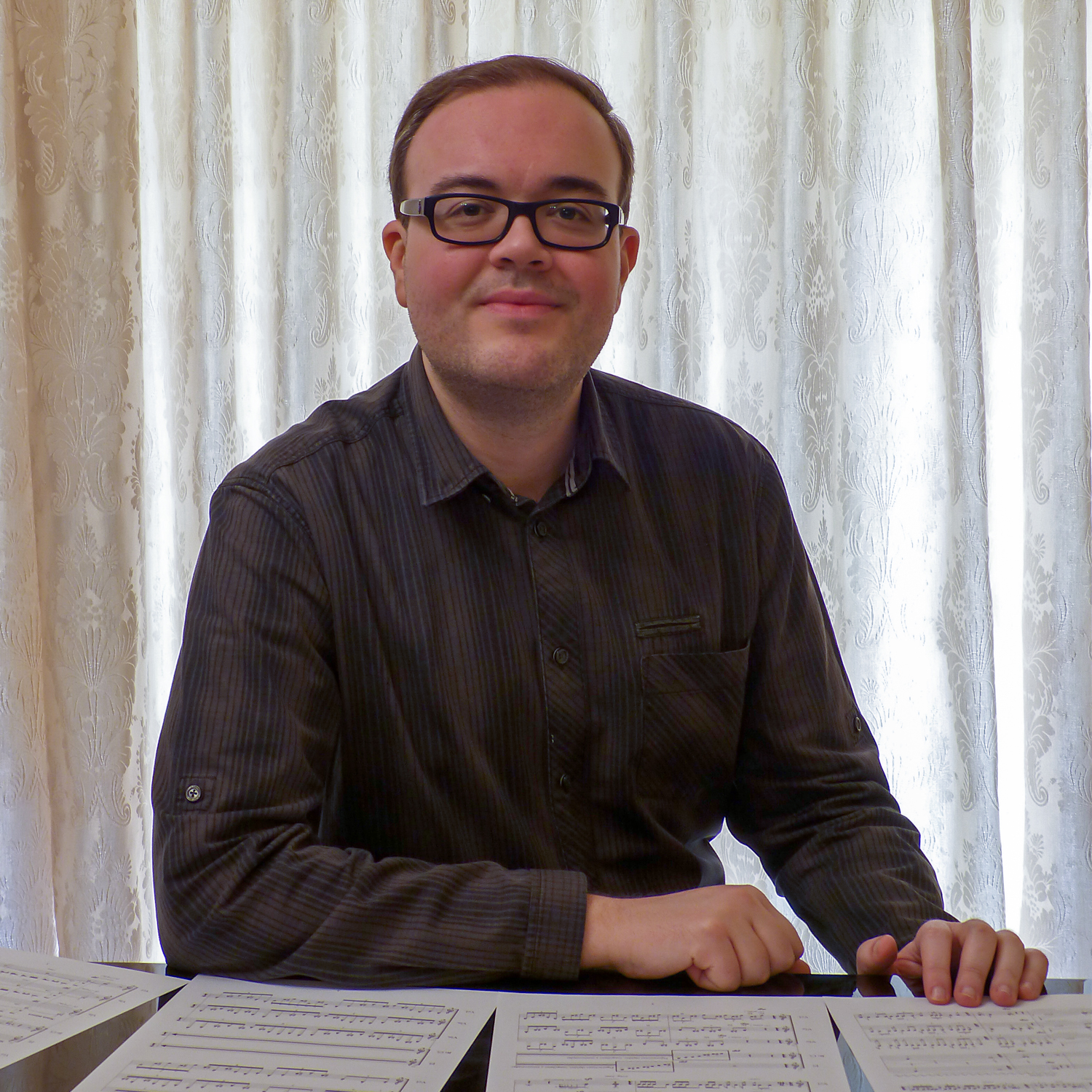
Ricardo Bedoya: Rêverie - Berceuse
Orchestration: for piano
Duration: 1'
Rêverie - Berceuse is a short miniature for piano.

Bruno Coli: Sinfonia Tascabile
Orchestration: for Orchestra
Duration: 10'
The “Sinfonia Tascabile", commissioned by Teatro Carlo Felice in Genoa in 2016, was composed for the same orchestra as "Pierino e il lupo" by Prokofiev, with the precise purpose of being combined with this masterpiece of the Russian composer to complete the program of a short concert for young people. The brevity of the work, necessary not to bore an audience that perhaps attends a concert for the first time, and that waits above all to listen to the "highlight", namely precisely "Pierino and the wolf" (the recommended location for the Pocket Symphony is "before" the fairy tale in music)
Despite its brevity, necessary not to bore an audience that perhaps attends a concert for the first time and that waits to listen to "Pierino and the wolf" as the highlight of the event (I recommend the Pocket Symphony to be played before Prokofiev’s fable), the composition has all the most basic characteristics of a true symphony. The movements are the four canonical: an initial "Allegro molto" in which a lively theme in 7/8 alternates with a lyrical narrative parenthesis, an "Andante dolcissimo", entrusted above all to the woods and the bows, a Scherzo (Allegro) and another Allegro finale as the fourth movement.
The musical language tries to be at the same time captivating and not trivial. It also does not deny, especially in the two final movements, to have some small educational purpose. I tried in a few minutes to create for the young audience a sort of "sample" of what they can hear in a concert hall, from the romantic to the circus, even with trespasses in the field of opera music.
The whole thing is seasoned with a good dose of irony. In the final movement, moreover, in some moments, the "families" of the orchestra work separately, winds and woods alone, strings alone both plucking and with the bow, brass and percussion in a game of back and forth. All this may perhaps create a certain curiosity about the timbre of the instruments.
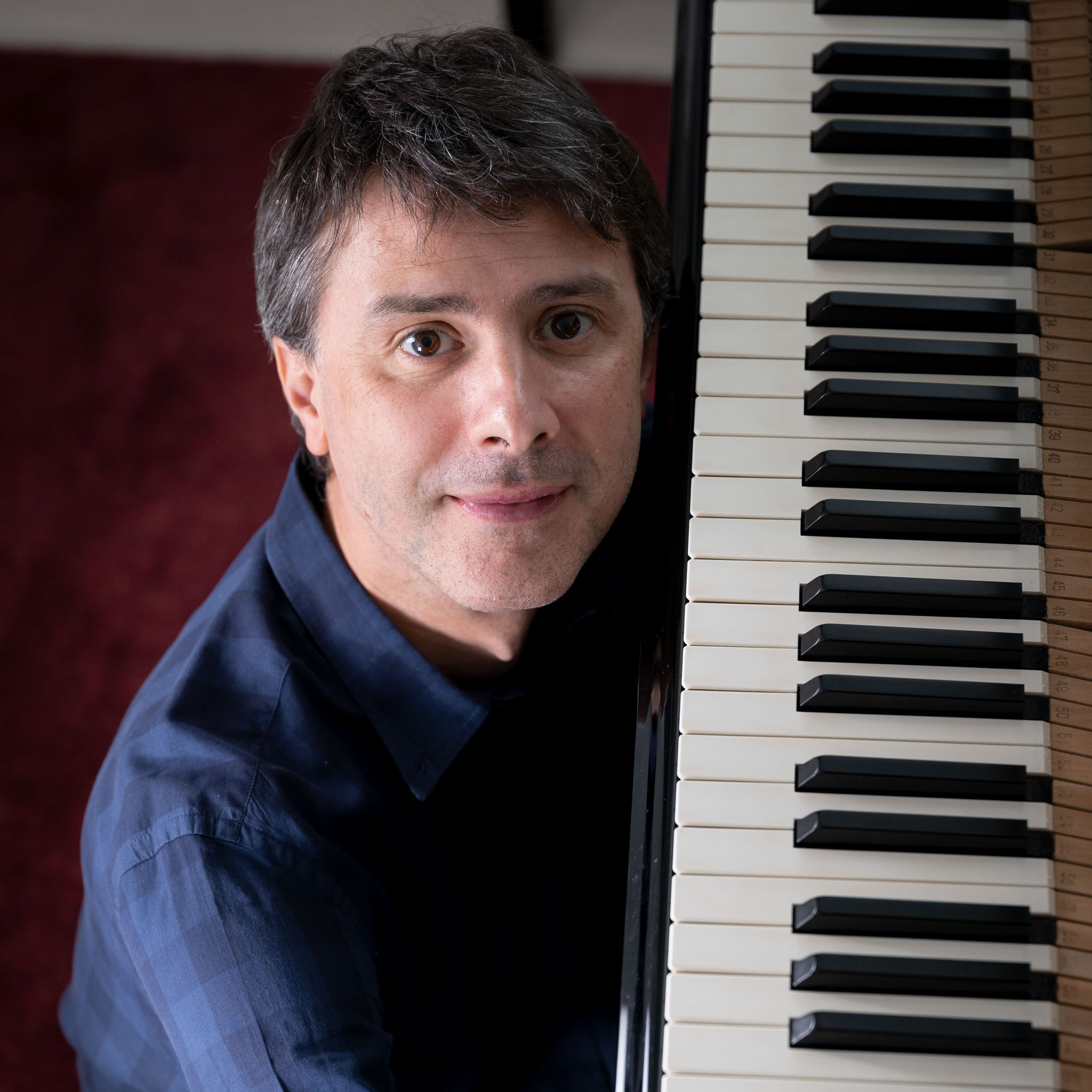
Carlo Corazza: Sonatine for piano in Modal Style Vol.I
Orchestration: for piano
Duration: 14'
This collection aims to be a valid alternative in modern / contemporary style to the sonatas by Clementi, Dussek, Kuhlau, etc., maintaining the same level of technical complexity and the same didactic utility in the development of the hand and musical sensitivity. These sonatas are pleasant to listen to and fun to study.
The “Sonatine in modal style” are composed following the classic Sonata-Form and are inspired by the four elements. This inspiration allowed me to imagine a “depicting music”, a music that originated from images and that creates images as well.
Working with images doesn’t necessarily means writing movies soundtracks, I wanted to investigate them from another point of view.
Image is memory codification, our temper grows and forms itself starting from the images stored in ourselves even if we don’t see or even remember them and make us feel as we do.
Images are made up of vibrations and therefore of frequencies. Music is composed of frequencies, too, and it is the perfect art to work with them. The pieces I write want to be an attempt to search for images, colours, forms or other visual elements stored jealously in the inner part of each of us. They are different from mine, but authentic in the same way, and they touch the most secret part of us making us feel special and unique.
I used the modal style for composing these Sonatine, I feel this style suitable for me and I followed composing techniques typical of 20th century used by Stravinski, Prokofiev, Janácek, but modifying them according to my personal sensitivity. Those techniques are used gradually and mixed with a language caressing soundtrack sphere.
The Modal style has allowed a synthesis of languages, from the inventions of contemporary music, to modern music through film music. As Mattia Mei writes: “Carlo Corazza's music is placed somewhere between the deep classical background and soundtrack allusions”.
Curiosities
In the 1st and 3rd movement of Sonatina Friulana we find the word “Stajare”. It is a rural dance which comes from Austria, in particular from the Steiermark region, and from there it has arrived in Italy and in Friuli Venezia Giulia. Here the dance took typical local features that remember a kind of Mazurka. The first movement of Friulian Sonatina, is built following the Sonata-Form scheme. However in this Sonatina the two main themes are taken from Friulian popular tradition. In particular, the first is the Stajare Tintine Tintone, that I transformed from a tonal to a modal armonisation, while the second is the villotta “E tu Pieri cjol Anute”, that I armonised with fourth augmented. The first 8-bar theme leaves the place to a 3-bar little modulant bridge leading to the second 8-bar theme. At bar 21 we find the development elaborating the material. The recapitulation at bar 39 introduces the second theme, in the starting modal tone. The original melody of Tintine Tintone begins with the notes of left hand at bar 5 and continues with the right hand melody of the beginning. I superimposed the 2 melodies in bars 5 and 6 with are presented in successioni in the original.
The Stajare theme was used by L.van Beethoven in his Sonata op. 81 entitled “Das Wiedersehn”.
In the second movement The Echo of the Earth, there are thematic elements that recall the popular melodies of Ave or Vergine, us saludi by Luigi Garzoni and Stelutis aplinis by Arturo Zardini. The third movement Nuova Furlana Campestre is a harmonic adaptation of the Antica Furlana campestre, mixed with a hint of the famous Friulian dance Schiarazule Marazule by Giorgio Mainerio (Parma 1535 - Aquileia 1582), a theme that will be harmonized in a modal style and developed with variations in the final movement.
The Sonatina of Air has another type of structure. A first theme of 4 bars occurs again, changed twice. At bar 13 there is a small development and at bar 19 a final part that connects the second theme. A small cadence connects the recapitulation.
The first movement of the Sonatina of Water has the same formal structure as the Friulian Sonatina. The Sonatina of Fire instead has a different structure: the 2 themes, of 8 bars each, are proposed twice before giving rise to a development starting from bar 33.
In the second movement of the the Sonatina of the Fire, The Embers, there is the hymn of St. John, which is the liturgical hymn of Vespers of the solemnity of the nativity of St. John the Baptist which occurs on 24 June. Traditionally, on the evening of June 24, a ritual fire is lit that represents the purifying force, to recall the positive energy in every creature and destroy negativity.
The fame of this hymn, written by the historical monk and poet Paolo Diacono (Cividale del Friuli, 720 ca. - Montecassino 799), is due to Guido d'Arezzo (991 ca.-1033), who used the first verse to draw the names of the six notes of the hexachord. The names of the musical notes used in Italy still derive from this conventional criterion: Ut-Re-Mi-Fa-Sol-La. The name of the note Si occurred in the sixteenth century and are the Initials of Sancte Iohannes = SI.
In the third movement the main theme is the Friulian villotta Vinarastu San Martin. Often the feast of San Martino is linked to the first tapping of the new wine.
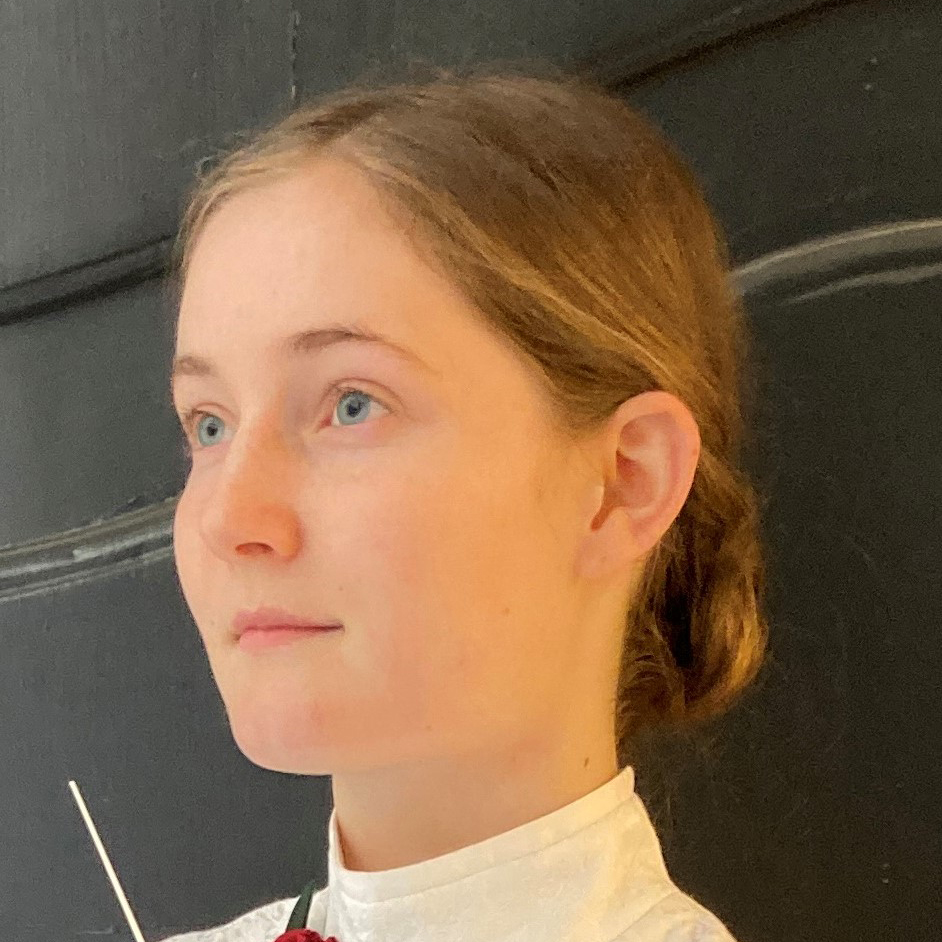
Alma Deutscher: Cinderella - Vienna Version for Children
Orchestration: for voice and Orchestra
Duration: 75'
In Alma Deutscher's take on the familiar fairy-tale, the story revolves around music. Cinderella is a talented composer, who constantly hears beautiful melodies in her mind. She is envied and bullied by her stepfamily because of her extraordinary talent. The Prince is a poet, and at the end, he will find Cinderella not through her shoe, but through a melody. Alma said: “I didn’t want Cinderella just to be a pretty girl who wins the prince because she has small feet. I wanted her to succeed because she is talented.” The Vienna State Opera commissioned from Alma a short version for younger children (75') This version premiered at the State Opera in 2018.
Synopsis: Cinderella lives in an opera house with her stepmother, the manager of an opera house, and her stepsisters Griselda and Zibaldona, two singers who vastly overestimate their own talents. She is herself a young composer who is envied and bullied by her stepfamily because of her extraordinary talent. They force her to copy musical scores for nights on end. In her loneliness, Cinderella increasingly flees into a fairy tale fantasy world. Emeline, a fairy, gives her a book of poems written by the Prince, who would rather be a poet than the future ruler. When the Royal Minister invites the stepmother and her two daughters to a masked ball in the castle, Emeline conjures up a beautiful dress for Cinderella, whose stepmother had forbidden her to go with them. Cinderella wins the Prince's affection when she sings to him a poem of his which she has set to music. At midnight she leaves the ball in a hurry. The prince searches for the girl whose melody touched his heart, even though he can only remember the beginning of her song. He finally finds Cinderella in the opera house, and she is the only girl who can finish the song.

Christian Dimpker: N. 12 Children’s piece [Meta-Physics]
Orchestration: for piano
Duration: 5'
Children’s piece [Meta-Physics] can be described as composed silence. It invites adolescents, but also adults, to explore silence, to uncover hidden things, to carry the shadow into the Platonic sunlight. The work stimulates questioning: Why do many actions lead nowhere? What is silence? What lies beyond? Be aware, there are many worlds hidden inside and outside the physical. They are explored by philosophy and science; but can also be approached in an intuitive way through the inexpressible language of art. Because it rips apart the supposed laws of the world, confronts logic with poetry and elevates presumed ugliness to infinite beauty.
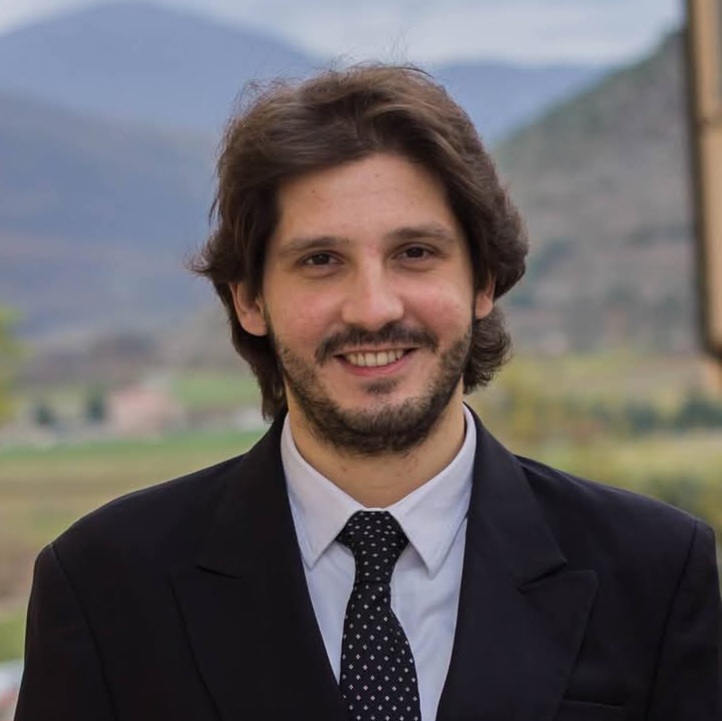
Paolo Fradiani: Acropolis
Orchestration: for Ensemble (10+ players) or Chamber Orchestra
Duration: 16'
Acropolis is a musical tale based on the ancient myth of Angitia. The piece is divided into 6 movements and it is an imaginary journey through the places of myth. The piece is written specifically for young performers and listeners.
"Angitia is an Oscan healing and snake Goddess. She was famed for Her ability to heal those who had been poisoned, especially those bitten by snakes, and She was said to have the power to kill serpents through spoken charms. Angitia was famous for Her knowledge of healing herbs, and was honored with both a grove, the Silva Angitia or Lucus Angitiae, and a temple on the south western shores of Lake Fucinus".
Acropolis does not only intend to disseminate the historical and cultural heritage but it is also a mystical trip where the ideal traveler rediscovers, at the end of his path, his spirituality, its inner balance and fulfillment. The world premiere took place in winter 2018 and has been performed by Orchestra da Camera della Marsica.

Roberto Franca: Little Soundtracks
Orchestration: for piano
Duration: 7'
Little Soundtracks it's a composition for piano solo, structured by eight little short pieces. Originally written for approach young students to contemporary music. In each piece everyone can imagine the situation that most represents for itself, so welcome to your creativity!

Cesare Gallo: Rêverie
Orchestration: for flute and piano
Duration: 8'
Born as an academic piece, this composition is explicitly a composition-study, intended
to approach the style of a composer such as Claude Debussy, but also the style of Ravel;
over time reminiscences and nostalgia remain in composing music, which sometimes
remain as they do in this piece.
The attempt was therefore to evoke a precise stylistic world, filtered through a
compositional experience that wants to re-explore and re-elaborate a certain style of
Debussy and Ravel in the early twentieth century.

Graham Nathan Harris: Mountain of the Sun for piano
Orchestration: for piano
Duration: 5'
This piece was influenced by the hot arid desert landscape of the American west. It was directly inspired by an episode of the TV series 'The Virginian'. It was first performed by a student for their MMus degree recital at Bath Spa University (UK) in 2021. It is a piece popular with my own students at advanced level.
The work is performed by concert pianist Nicola Meecham on a Steinway D in the Youtube video below.
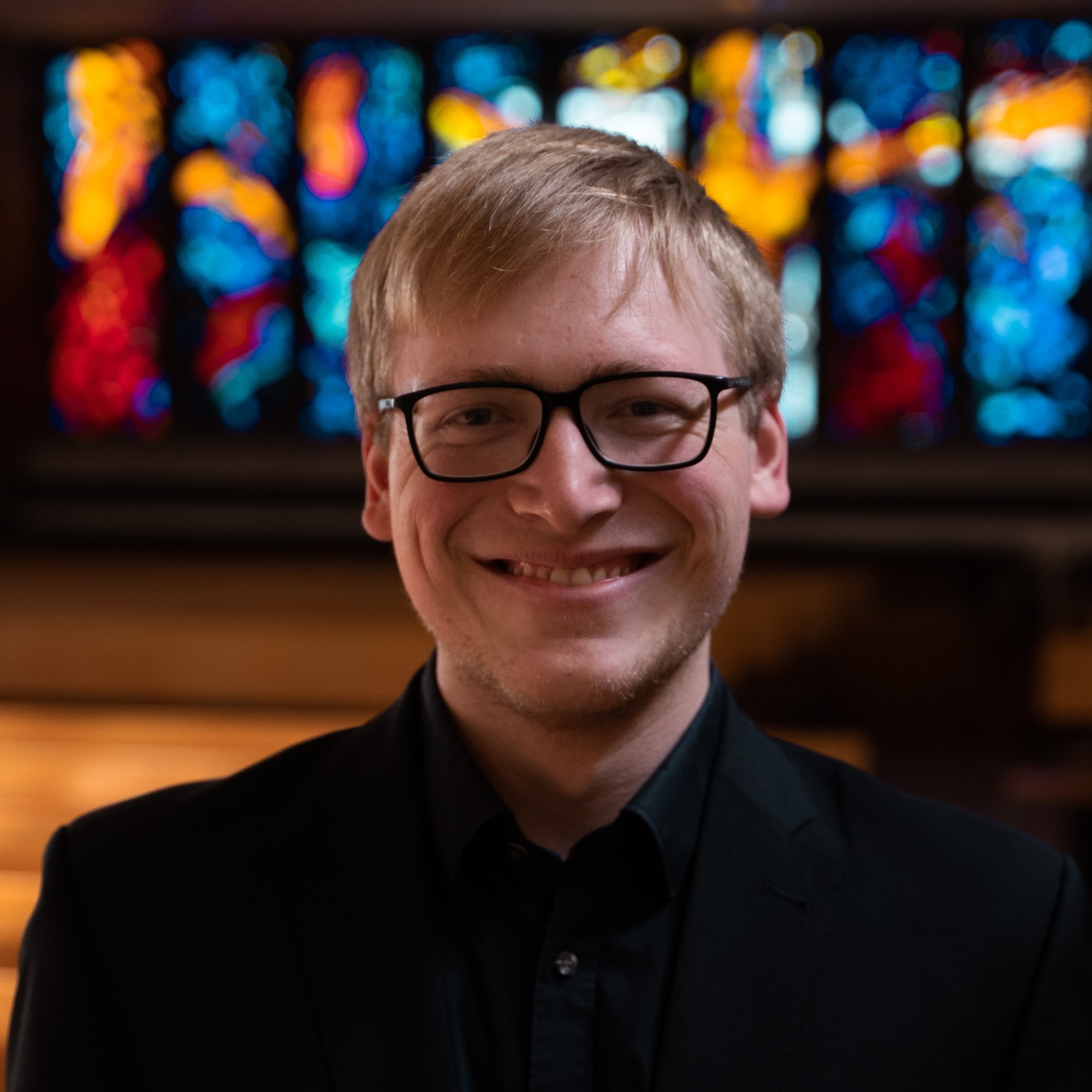
Martin Höhler: Wondrak für alle Lebenslagen, Op. 15
Orchestration: for speaker, viola and clarinet in Bb
Duration: 7'
This is a funny, sometimes thoughtful, but always heartfelt work. It is like Wondrak himself. The character created by Janosch (*1931) holds many a wisdom for us. Set to music here are twelve of the, in my opinion, most impressive ones.
An essential element of the work is the way it is set: it is a mixture of sounds from the Second Viennese School and a sequence of major triads. This mixture is intended to give children their first contact with New Music.
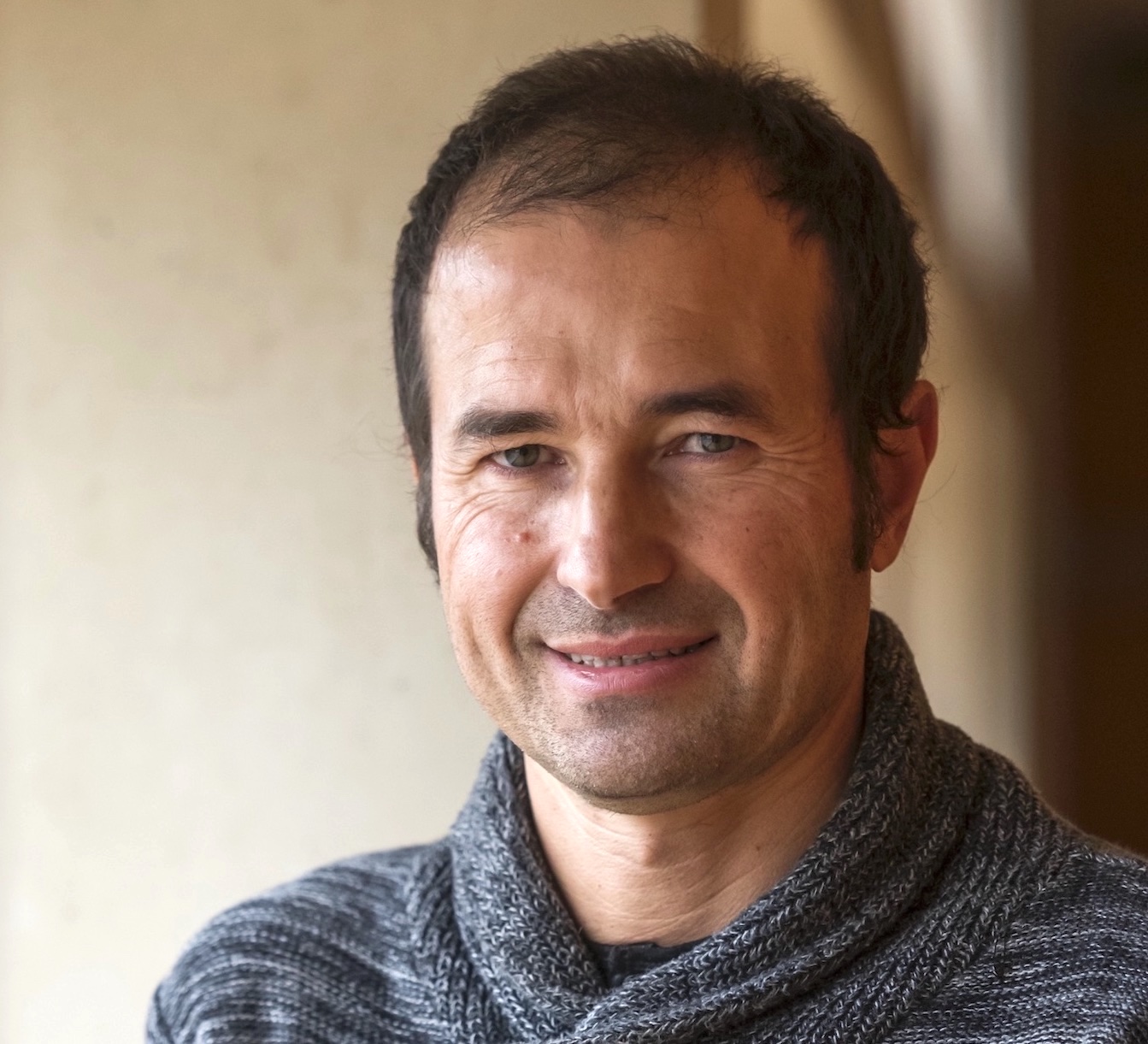
Ramon Humet: Bim bom
Orchestration: for piano for 4 hands
Duration: 6'
This notebook of 12 very easy traditional Catalan songs for piano four hands is aimed at all those children who are starting their piano studies.
The first pieces use a fixed position of the hand and distribution of the melody or the accompaniment between the two hands, making it much easier to achieve the piece.
The index of songs are:
- La lluna, la pruna (The Moon, the Plum)
- El ruquet valent (The Brave Little Donkey)
- Bim bom (Bim bom)
- Cançó de les mentides (Song of Lies)
- El rabadà (The Shepherd Boy)
- Ara ve Nadal (Christmas is Coming)
- El gegant del pi (The Giant of the Pine)
- Els putxinel·lis (The Puppets)
- Rossinyol (Nightingale)
- El ball de la civada (The Oat Dance)
- La llàntia del rei moro (The Lamp of the Moorish King)
- Muntanyes regalades (Beloved Mountains)
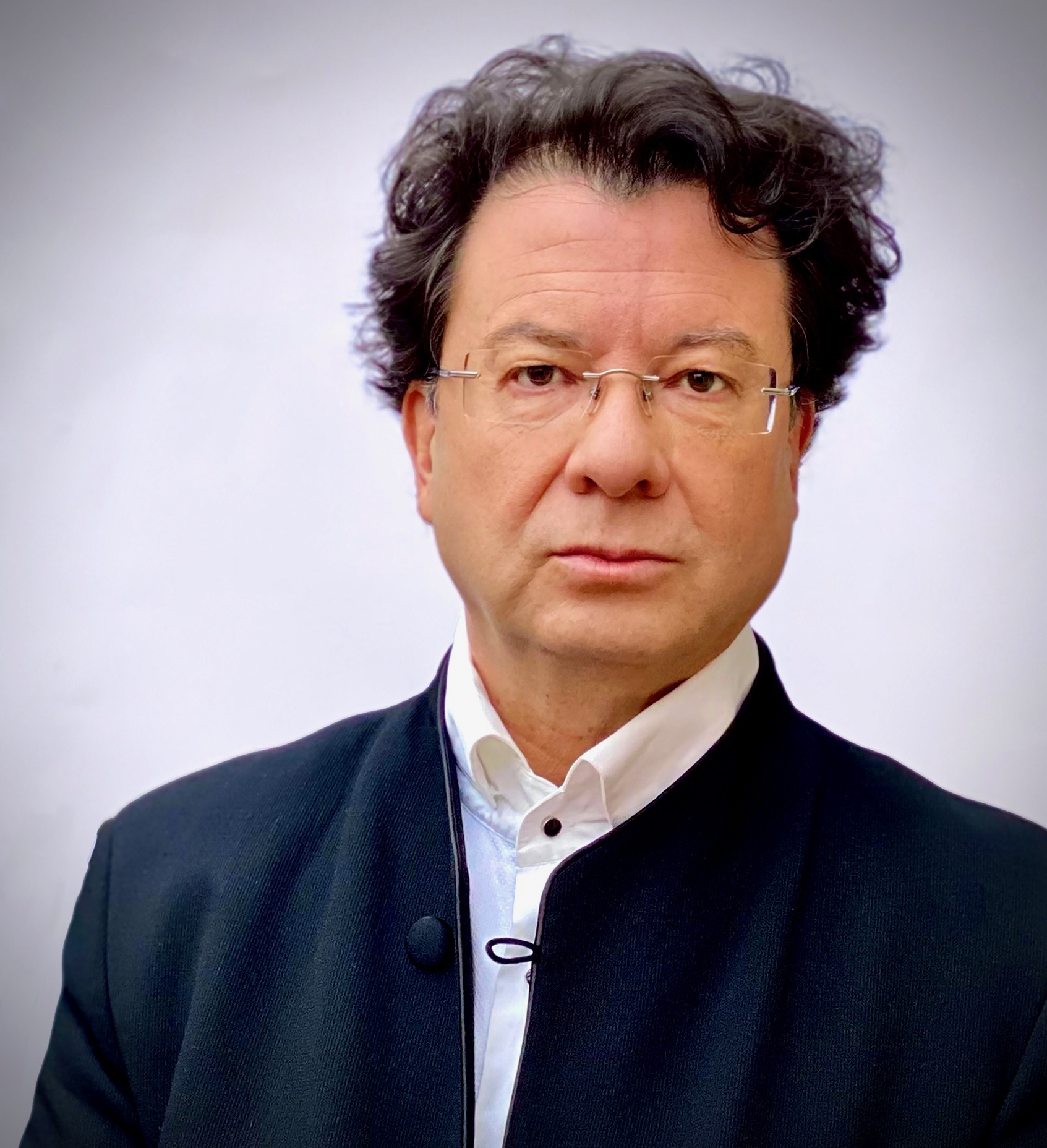
Mauricio Sotelo: Dulcinea
Duration: 50'
Miguel de Cervantes’ adventures of Don Quijote de la Mancha have inspired the enchanting children’s opera by Mauricio Sotelo entitled Dulcinea. The story revolves around the dream of a young boy who has fallen asleep reading the ”old and boring” Don Quijote. The figures of Don Quijote and Sancho Panza, with all their fantasies and adventures, come to life before his very eyes, and Cervantes himself (as “the learned Freston”) and Don Quijote’s imaginary lover Dulcinea also appear as products of his fantasy.
Storyline: The story of Dulcinea is set in a boy’s room at night-time. The room is full of toys and trendy gadgets, all of which will become fundamentally important as the adventure progresses.
The boy has been told in school to read Don Quijote de la Mancha, but reading that “old and tedious” book bores him stiff. His mother uses feeble arguments to try to make him read it, but ultimately the boy throws the book onto the floor and goes to bed.
Don Quijote and Sancho Panza then materialize out of the book, dressed as we always imagine, and approach the boy to talk with him. From this moment until the end of the opera, these three characters – the boy, Don Quijote and Sancho – never leave the stage, the boy assuming the role of a privileged spectator on the course of the following adventures as they unfold before the child’s eyes.
The boy asks Don Quijote and Sancho why they are so determined to convince him that reading the adventures is worth the effort. The two hapless adventurers explain that they are always alive and real only when someone takes up their book and begins to read it. The adventures which now occur happen before the boy’s eyes: the battles with the windmills and the flocks of sheep, Don Quijote’s chimeras in the Sierra Morena, the adventures with the enchanted Dulcinea, in Montesinos’ cave and the enchanted boat.
Exhausted after so many abortive adventures, Don Quijote has one last dream, one which is not in Cervantes’ book; he dreams about Dulcinea’s Island. He dreams that the enchanted boat of his final adventure brings him to an island where Dulcinea reigns as Queen. She appears, describing the island where she lives, and a dialogue with Don Quijote develops which transforms into a love duet.
At that moment, a virtual image appears of Freston, Don Quijote’s arch-enemy, but it is none other than Miguel de Cervantes, the author. He says, very angrily, that Dulcinea does not exist and that the book’s story cannot be altered. But the boy asks them to stop their disputing and tell him instead how the story ends. At his appearance, even the author is obliged to be silent, since the boy, as the reader who, in reading the book, makes the fictional characters and the author alike come alive. Don Quijote and Sancho explain that there is no end, since the story begins anew whenever a reader opens the book. Then the two disappear as mysteriously as they had emerged.
The boy picks up the book from off the floor and begins to read …
Andrés Ibáñez

Hyung-ki Joo: Childhood
Orchestration: for piano
Duration: 20'
“I find Hyung-ki Joo’s piano pieces incredibly touching and their childlike nature
makes them perfect pieces for young pianists to play and hear, while the more
mature musician will appreciate the writing of sophisticated simplicity from a
master pianist-composer. These are magical pieces and I believe that like
Schumann’s "Scenes of Childhood" or Debussy’s "Children’s Corner", they will
enchant the soul of any music lover who is young at heart.” YUJA WANG
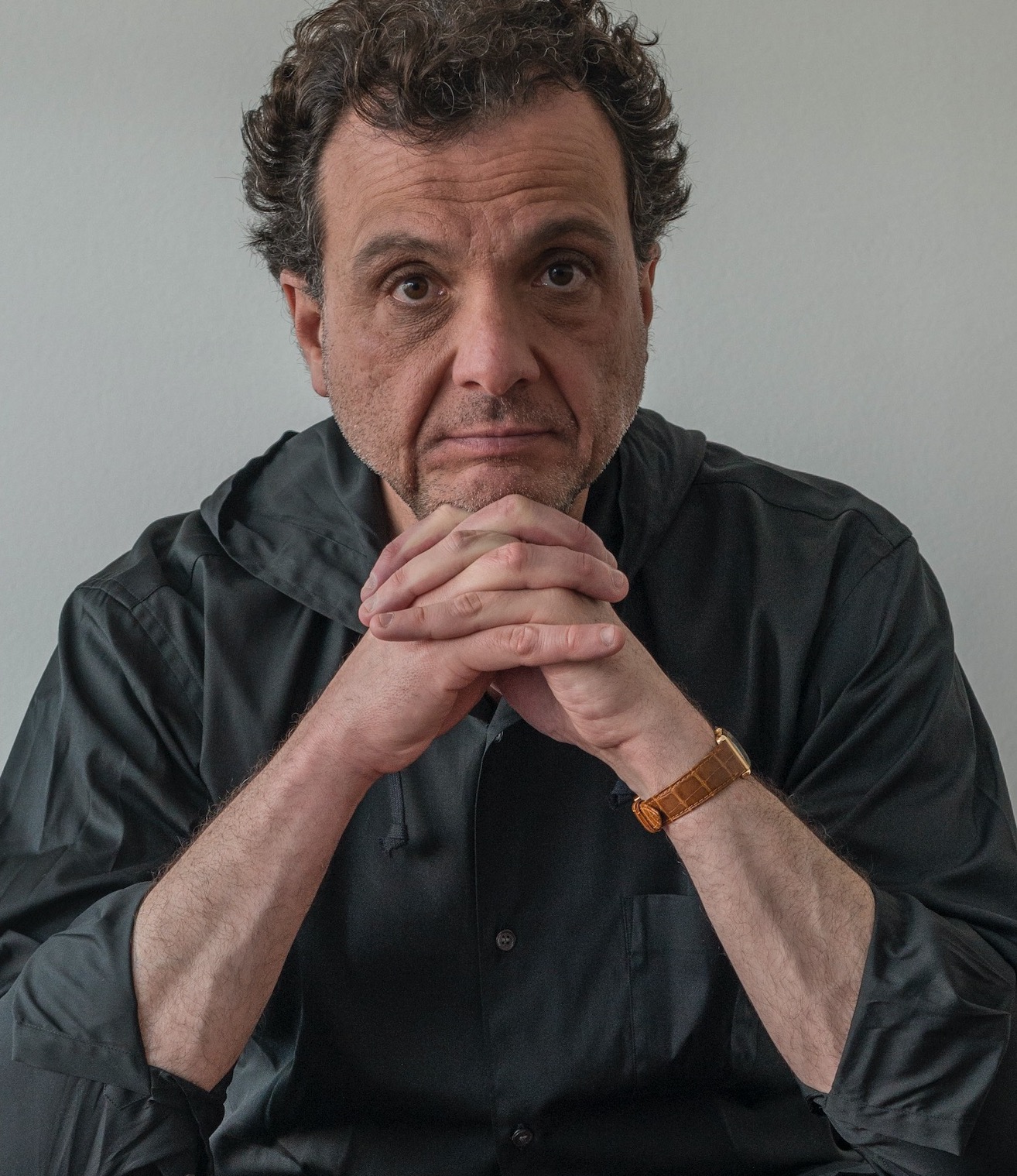
Miguel Kertsman: O Saci
Orchestration: for speaker, violoncello, flute and 2× piano for 4 hands
Duration: 50'
The Children’s Music Theater piece, “O Saci”, has thus far been performed over 30 times in London, Evanston, Chicago, Vienna, and the Bregenz Opera Festival.
Based on the Brazilian mystical and traditional folklore legend “Saci Pererê,” O Saci is a unique family and children’s theater experience proven to mesmerize young children while entertaining audiences of all ages.
With the storyline embedded in the music score for four-hand piano, flute, and cello, this tale is brought to life on stage by a compact yet impactful ensemble of four musicians and four acting dancers.
O Saci can also be performed as pure Chamber Music, Ballet (music and dance), Pantomime, or Music with story-telling narrative with or without dance or movement.
The 45 - 50 minute production introduces the Saci, a mischievous forest creature, in his native land, Brazil. Pulling pranks is his favorite pastime, and when caught in the act he uses one of his magic powers – turning himself into whirlwind – to blow himself away from his pursuers. But he travels too far, across the great ocean, and lands in a new, strange place.
Rescued from drowning by a water sprite, the equally playful Cai, Saci surveys this strange new land and makes a new friend in Cai although at first they do not really like each other due to their many differences.
Getting to appreciate each other’s attributes and differences, they work together using their magic powers to save a farm house in a country village from a great fire. Now fast friends, Cai introduces Saci to snow and winter play.
Though enjoying his new environment, Saci longs to return to his Brazilian forest, and as such sets out to continue his quest to once again find home. Meaning, he disappears, re-appears, plays a prank or two (after all one can’t change a legend) and travels within his whirlwind to his next adventure!
O Saci has already been to London, England, Chicago USA, Vienna’s Museum Quartier and the Bregenz Festival in Austria… and the adventure continues!

RANDA KIRSHBAUM: The Planets and the Sun
Orchestration: for Orchestra
Duration: 11'
This begins with a Processional, Mvt. I. In the play on which the music is based, each planet twirls onto the stage and describes itself: Venus, the beautiful planet, the one with the most clouds; Earth, the planet with the longest memory; Pluto, where all dead souls go, etc. A Comet flies by and warns that the Sun is running out of energy and light. The Planets resolve to take the Sun’s last energy and fly off to a new star. A struggle ensues, the Sun dies. In Mvt. II, the Planets wander out into the universe, each Planet taking its turn at holding the dead Sun’s soul, so that they can bear its great emotional weight.
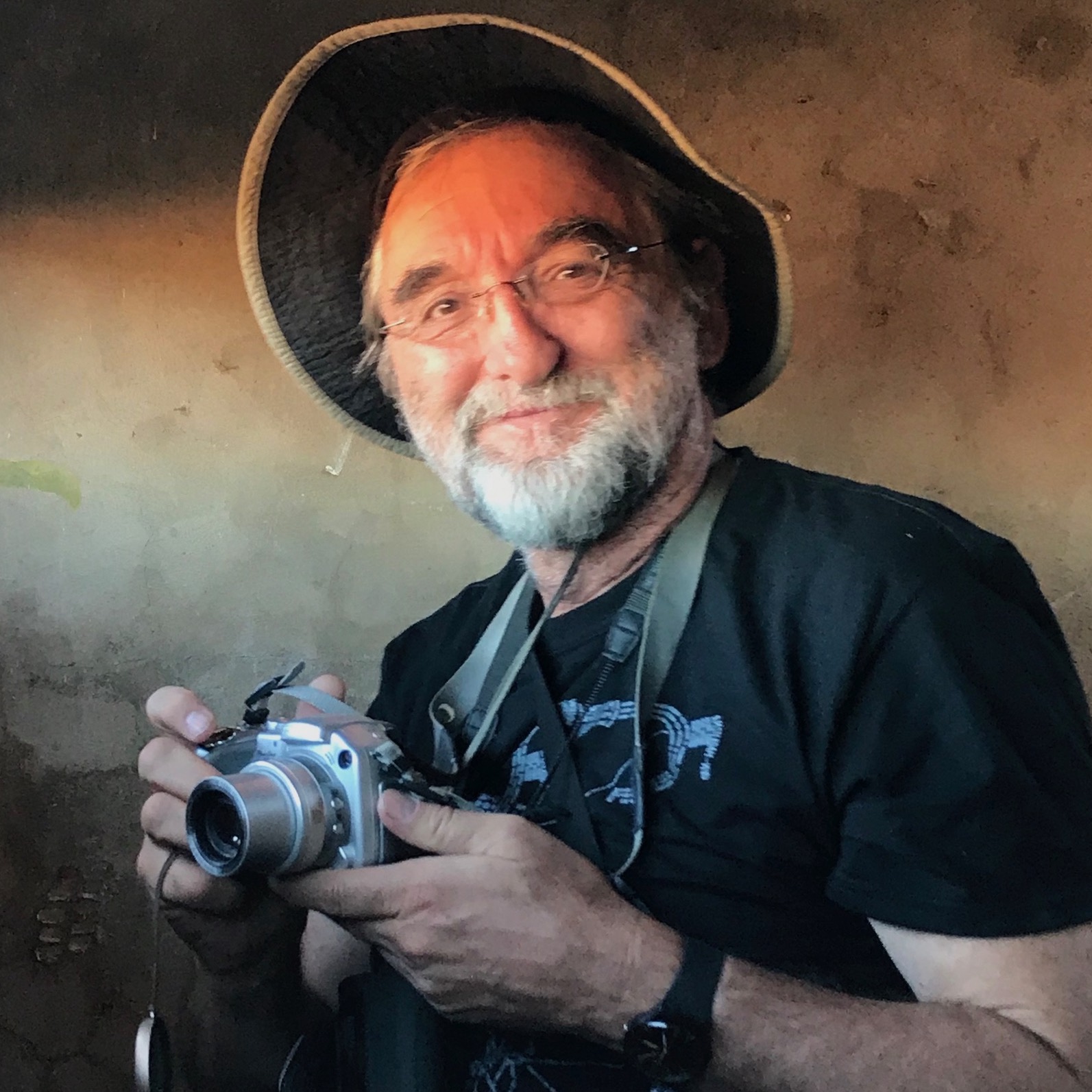
Igor Korneitchouk: The King of Hearts
Orchestration: for piano
Duration: 8'
These are ten short keyboard pieces written by the composer for his two young children who were just beginning their musical studies on the piano. Each piece has a whimsical, playful title, some with lyrics that can be sung along with the piano, and each easily identifiable with emotions or images for children. Generally speaking the pieces progress in difficulty, but also showcase aspects of music theory, such as the difference between major and minor modes, contrary motion, variation, imitation, even bi-tonality, etc. The pieces include three which are simple variations of the final piece, the theme. These movements are, in order:
1) The King of Hearts (Variation 3)
2) Of Icy Lands
3) Puzzle
4) Sleepy Head (Variation 2)
5) A Little Happy Change
6) Come On, Dance!
7) The Hunt (Variation 1)
8) Happy Dance
9) The Tumbler
10) Chorale (Theme from Mother's Album)
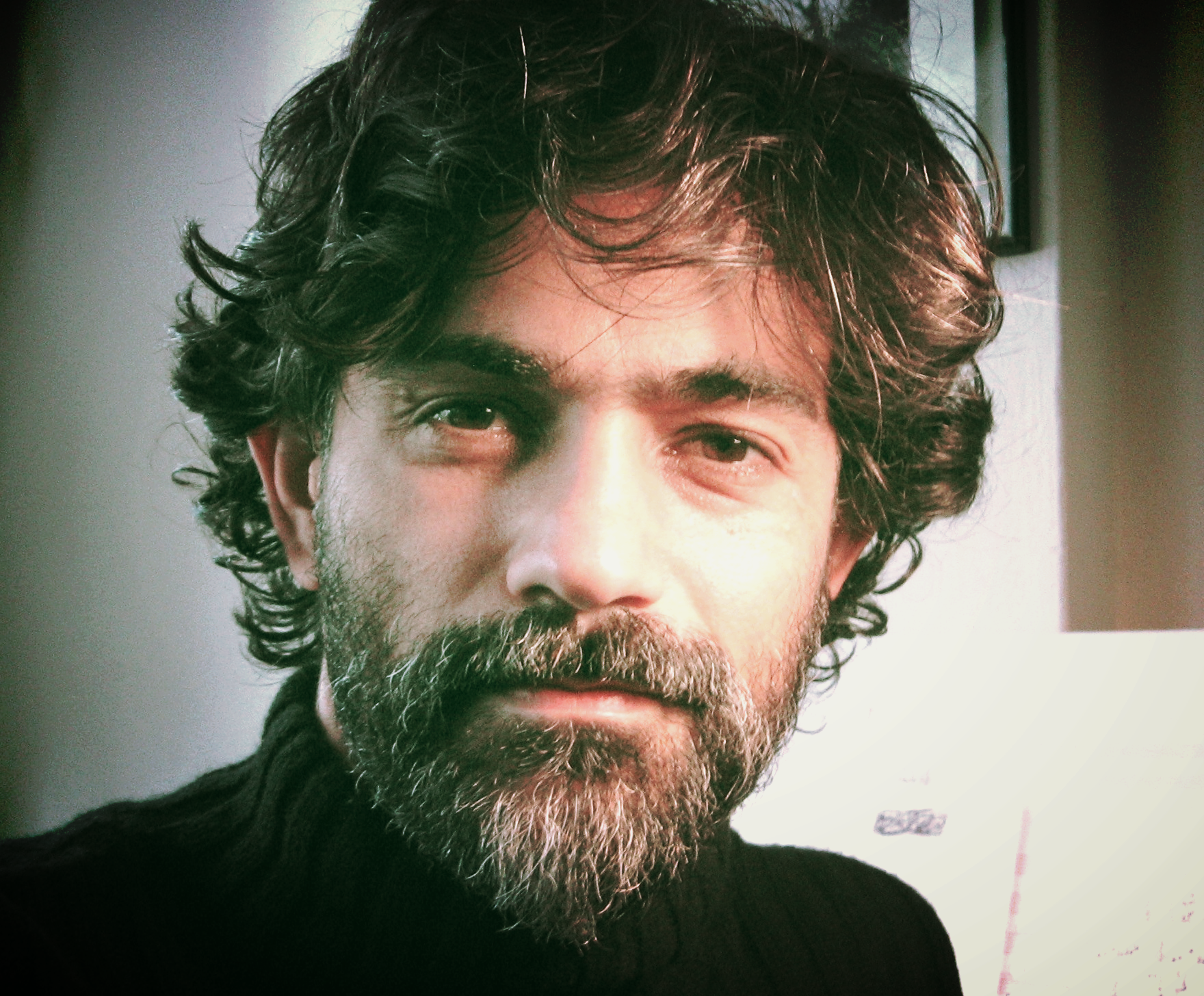
Rodrigo Lima: Sete Poemas
Orchestration: for piano
Duration: 10'
The Seven Poems for solo piano were commissioned and composed especially to be confrontation pieces in the juvenile category of the 28th National Piano Competition "Professor Abrão Calil Neto" in Brazil in 2021. offers the young pianist a specific kind of technical and aesthetic challenge. Poem No. 1, "Brincante" (child's play), for example, is a playful diversion with glissandos on the piano keys. Poem nº2 is a simple "Cantilena", a kind of "lullaby" with a melody of folkloric inspiration. Poem nº 7, "Cascata" (Waterfall), was conceived as a rhythmic study and poem nº 6 is a piece that explores the resonances along the register of the piano. Finally, the Seven Poems form a small set of musical pieces, where each one behaves like a brief poem of sounds, colors and images.

Gabriel Malancioiu: Ritual for a smiling flower
Orchestration: for children's choir
Duration: 4'
The ritual character of the music is imposed due to frequent repetitions, in which subtle dynamizations of the discourse appear, but also due to elements of instrumental theater. Strong rhythmic patterns characterize the first and last section of the piece, the middle part favoring melodic elements with an archaic, ancestral touch. Throughout the piece, vocalization and phonemes of an imaginary language are used.
Ritual for a smiling flower was dedicated to Maria Gyuris. It was performed for the first time by the children’s choir from Ion Vidu National Art College, conducted by Maria Gyuris at the VOX MUNDI International Festival from Timisoara, on May 23, 2019.
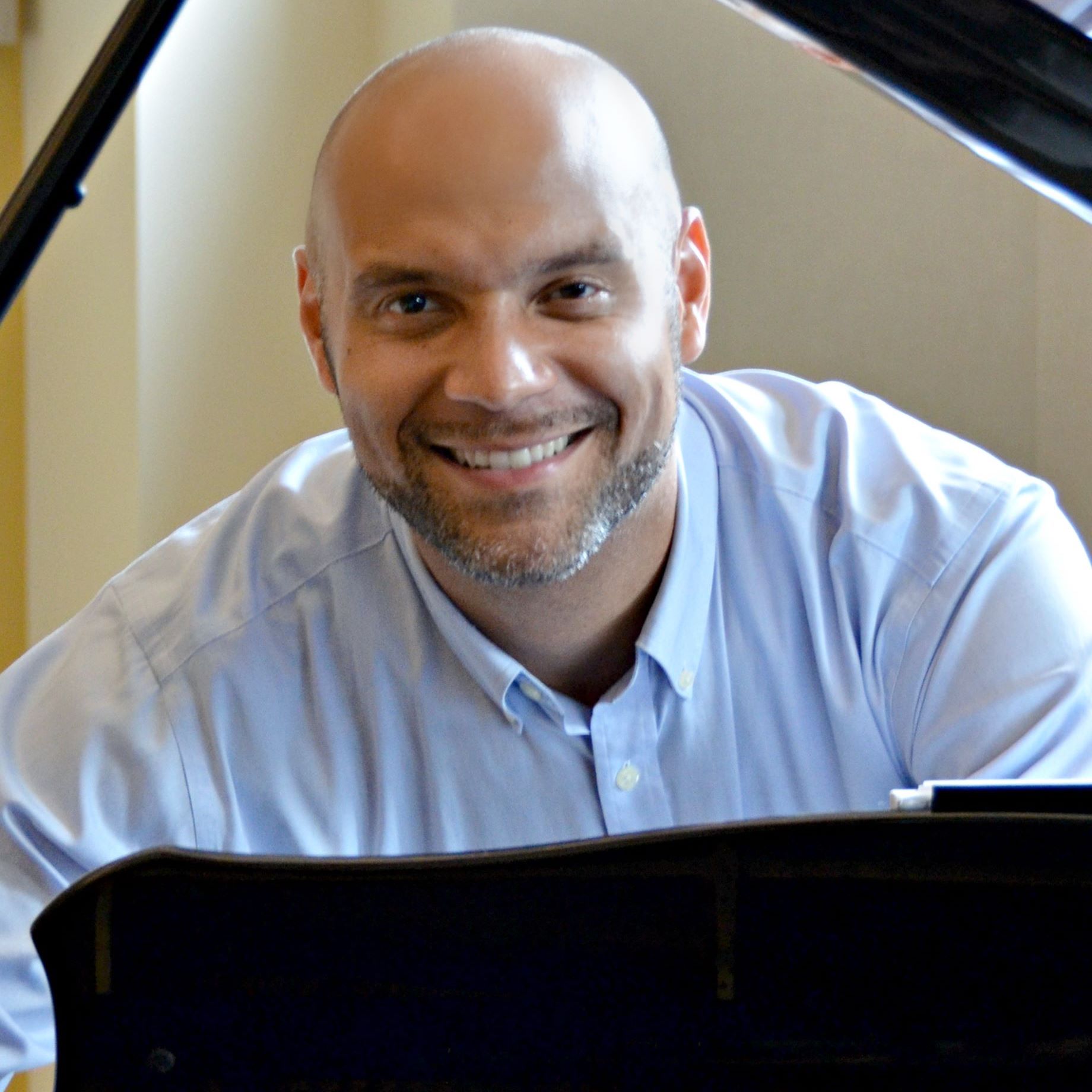
Allen McCullough: Legends and Tales
Orchestration: for piano
Duration: 35'
Legends and Tales is a suite for solo piano comprised of seven movements: "Prelude"; "The Boy Who Cried: Wolf!"; "The Gingerbread Man"; "The Ugly Duckling"; "Curly Locks"; "The Tooth Fairy"; and "David and Goliath." For the inspiration, the suite is dedicated to the composer's daughter, Evelyn Sarah; for the realization, the suite is dedicated to Elizabeth Pridgen, piano. Similar in conception and scope to Schumann's "Kreisleriana."

Kaori Nakano: A Sunflower Under The Blue Sky
Orchestration: for piano
Duration: 4'
This work was selected as 2nd place in the Rodrigo Landa-Romero International Composition Competition 2022 and performed by Rodrigo Landa-Romero.
We will never forget what started in February 2022. Sunflower dignifiedly looks up at the cannonballs and drones under the blue sky and endures the end.
“The colours created by the harmonies are quite unique, with very lyric melodies and interesting variations. The middle section has a Spanish-minimalistic feel that contrasts well with the main theme. A greatly achieved work overall”.
~ a quote from Rodrigo’s annotations

Angelo Quetzal Marchiori Patrikios: Goldilocks and the Three Bears
Orchestration: for piano
Duration: 20'
A musical fantasy based on the fairy tale that can be played instrumentally, or as a theatre play for children.
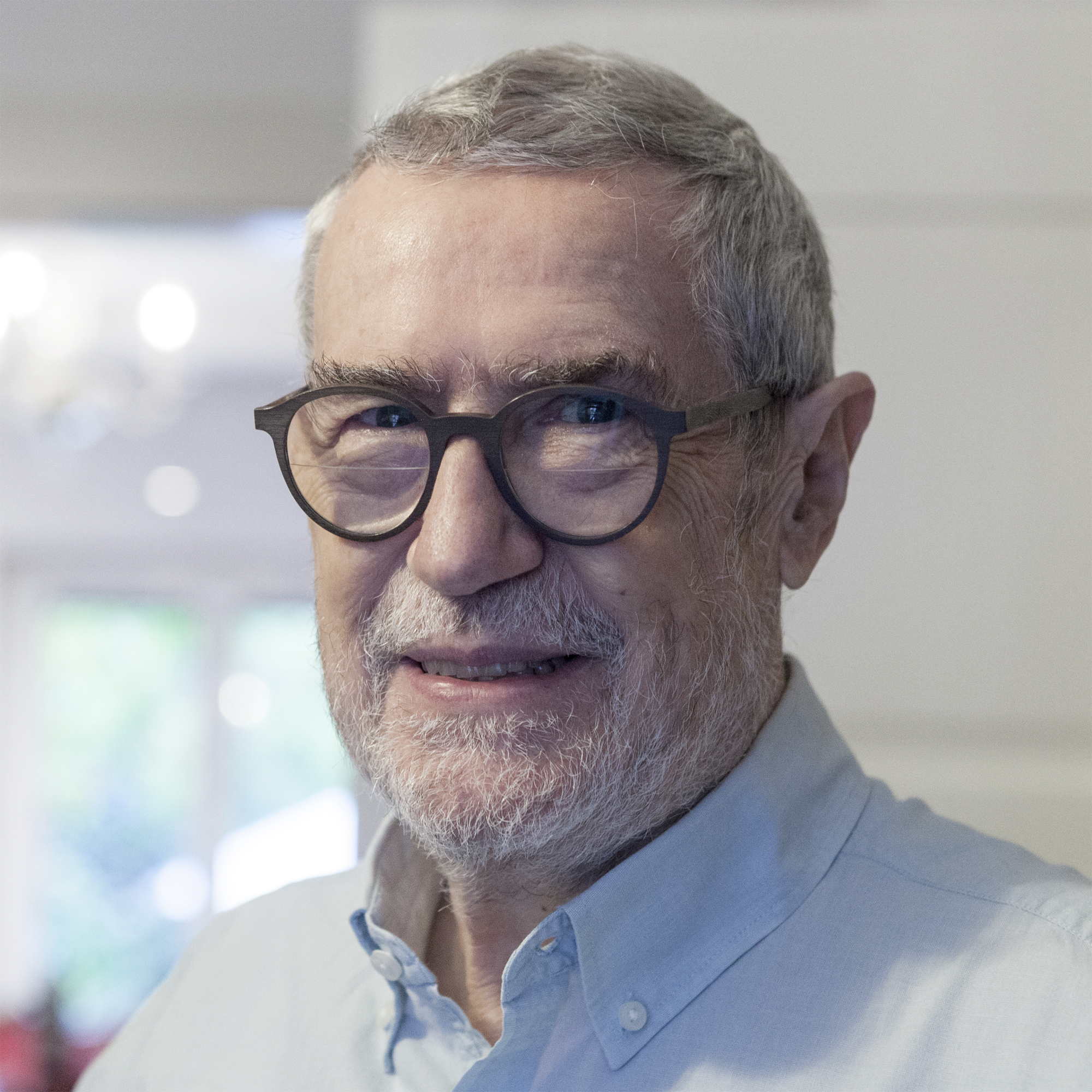
Andreas Pflüger: Opera senza Parole
Orchestration: for violoncello and Chamber Orchestra
Duration: 45'
Andreas Pflüger
Opera senza Parole
for solo cello, 1 mime, harpsichord and string orchestra
‘Opera senza Parole" is a musical fantasy based on the story “The Futurological Congress” by Stanislaw Lem.
Duration: approx. 45 minutes.
I composed the concerto for the cellist Mateusz Kaminski, who would be an ideal soloist for any follow-up performances.
1 - Thoughts on the music
I experience the story ‘The Futurological Congress’ by Stanislaw Lem as a kind of grand, very colourful-sounding music that begins to resonate within me, inspiring my musical imagination.
The aim of this project is to create a musical work based on this brilliant, comedic and at the same time deeply human narrative by Stanislaw Lem, a broad-based cello concerto in the form of a kind of scenery, an ‘opera senza parole’.
Fear of emptiness and abandonment, of loneliness that is suppressed by chemically
and which gradually becomes more and more addictive, are the core themes of the work.
All this can be conveyed – without words – by music in its irrational, only emotionally accessible language. It is therefore also the music that creates the necessary associative space in our psyche, allowing us to become co-experiencers, co-actors and ultimately co-creators of the events.
The mime's portrayal adds a visually mediating and concretely tangible dimension to the action.
To the music of ‘Opera senza Parole’:
Its basic structure is built on free atonality, which is expanded by microtonal, cluster-like but melodious ‘islands’ that create an operatic, emotionally comprehensible mood.
This is an absolute necessity in opera music because our consciousness always reacts associatively, interpretatively, selectively and, above all, emotionally with regard to its reception and evaluation.
The ‘Opera senza Parole’ consist of 10 movements:
1 -Overture - Opening of the Congress
2 - Spaceman Ijon Tichy, the novel's protagonist, is taking part in the ‘Eighth Futurological World Congress’ in Nounas, the capital of Costrica. The congress is taking place in the 106-storey Hilton Hotel and the topic of discussion is the growing overpopulation. At the same time, a nudist congress is taking place (on a different floor of the hotel). Also at the same time, a revolutionary movement is rising up against the dictator of the banana state of Costricana.
3 - When Tichy suffers an attack of kindness, immense goodwill and all-embracing affection, he realises that the dictator has added ‘benignators’ to the drinking water – chemical ‘pacification agents’ designed to quash the uprising of the discontented population.
4 - When the rebellion breaks out anyway, the police and military use conventional weapons as well as Benignators, and the Hilton is increasingly affected. Tichy, Professor Trottelreiner and other hotel guests equip themselves with oxygen masks and flee to the sewers beneath the Hilton.
5 - Tichy takes off his oxygen mask and has a series of grotesque hallucinations. His body is almost completely destroyed and he is thrown into a container of liquid nitrogen.
6 - Frozen in liquid nitrogen.
He wakes up in the distant future and finds a world at peace and in general prosperity, despite the growing population. The dead can be resurrected if desired. All this was made possible by psychemistry, which uses psychotropic drugs to control the irrational part of the human psyche. Taking the appropriate psychotropic drug is a natural part of daily life.
7 - Tichy supposedly lives in an environment of great luxury, wonderful furniture and magnificent cars. He meets Professor Trottelreiner, who, like Tichy, has also ended up in the future. Trottelreiner reveals to him that in the meantime the Maskone have been developed, chemical substances that can simulate any object.
8 - When Tichy gets an antidote from him, the luxury surrounding him suddenly disappears, and he sees poverty and disease instead.
But it is only the top layer of illusions that has fallen away before his eyes, the truth is much worse, more bleak... absolute emptiness, poverty, disease.
9 - Tichy suddenly wakes up in the sewer system under the Hilton Hotel, where he fled to at the beginning when the rebellion broke out.
And with that, the futurological congress is over.
10 - Epilogue

Andreas Pflüger: Das hässliche Entlein
Orchestration: for speaker and Chamber Orchestra
Duration: 40'
A mother duck hatches six ducks. However, the seventh egg is larger, which is why it takes longer for the grey young duckling to hatch. The straggler seems clumsy and awkward and is therefore mocked and bullied by the animals. It decides to run away. A farmer's wife locks the duckling up for a while, but shortly afterwards the duckling manages to escape. It hides in the reeds and watches the proud swans from there again and again. When winter comes over the country, the duckling has to leave its hiding place to look for food. One night it freezes in a lake. But it is lucky when a farmer sees it, frees it and takes it with him. But the duckling flees again and hardly recognises its reflection in the water: it has become an adult, proud swan, which is immediately joined by other swans.
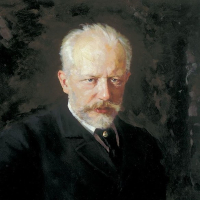
Peter Iljitsch Tschaikowsky: Les Saisons
Orchestration: for flute, piccolo, 2× oboe, cor anglais, clarinet in Bb, 2× bassoon, 3× horn in F, 2× trumpet in Bb, alto trombone, tenor trombone, bass trombone, bass tuba, celesta, timpani, harp and Orchestra
Duration: 55'
The ballet consist of 12 Scene ; every scene represent a month and his characteristic mood illustrate in music .Its also possible to add also dance interlude for Soloist and pas de deux from Other Tschaikovsky pieces.
This Ballet is a compact Stage work for a Family audience wrote for big Orchestra very closed in Character with the Nutcracker, as action Ballet or pantomimic and it is a very amazing pedagogic opus in best Russian tradition.
The Orchestration is full, and respect the Tchaikovsky Philosophies of Orchestration.
The Ballet can be part of a 1 Part of a Evening ( 2 part for Example Scheherazade)
Or alone for educative children’s audience.

Davide Remigio: La dolce Mila
Orchestration: for soprano, violoncello, flute and piano
Duration: 11'
For a long time I wanted to compose a work that would tell the story of a young girl who wanders into an unknown labyrinth of possibilities and in which she always manages to come out with her intuition and her stubbornness. Four musical instruments for four notes that determine both the timbral and harmonic color of the composition, creating an interweaving of musical choices and theatrical actions that the young girl proposes and leaves behind, transforming them temporally into variations of possibilities that sometimes cancel each other out. Then, it becomes a little embryo that grows and does not suffer from repetition as a need for mutation; because the curiosity to propose, propose and re-propose is the nature of the little girl in search of consideration. Music tells stories and characters that sometimes intertwine with our thoughts; in those rare moments of attention we no longer dominate our sensitivity, but we are caught by the emotion and wonder of a wonder.
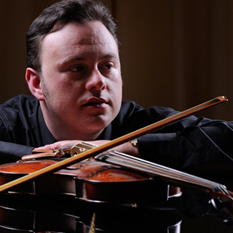
Gabriele Saro: The Magic Of Christmas
Orchestration: for children's choir, violin, violoncello, flute, oboe, horn in F and glockenspiel
Duration: 33'
How does “The Magic Of Christmas” see the light? The Hollywood tutor of the "Music Interval Theory Academy" in Los Angeles, a master prepared to transmit the gifts of music, decides to put down roots in Vienna as well and, from there, calls Saro... "the compositional technique" and then calls the master Gabriele Saro in that of Vienna. The "yes" of adhesion is immediate: music is his natural profession, what he feels born for, and its immeasurable, very deep underwater fault, with pure water and voluptuous reflections, captivates him ... swallows him without rest. Gabriele returns and promptly gets to work because one of his dreams has found the impact with the reality he was looking for: the magic of Christmas has come to the longed-for encounter with its possibilities. Realized the dream, he offers me the ciddì saying: «A gift to the world». After careful, meticulous listening, I can and would like to declare: «“The Magic Of Christmas”, by Gabriele Saro, is the essential gift of nostalgia to the modern world… nostalgia for something else… nostalgia for Another». The ten songs reworked by him live on fluid melodic lines above the tempo, supported by confidential, gentle arrangements, of a pure, subtle grace. For his part, times are elegant and prudent. We must convince ourselves that simplicity is never a simple thing: as in life, even in art, authentic masterpieces are characterized by harmony and proportion. In "The Magic Of Christmas" Saro's simplicity is unity, it is coherence: only truly great people can be simple. Gabriele Saro is a man, a composer, an artist who goes straight to the goal, knows what he wants and his gaze always points to the essence of things. By refusing the large orchestra, he has ensured that the seven instruments and the light and diaphanous chorus can listen to each other, converse, bring to us the value of purity... or, better to say, the bliss proper to transparency which is undoubtedly that of purity of the whole being: that is, the clearness, the transparency of the whole person who has eliminated the waste, the shadows, the opacities and becomes clear crystal that reflects the authentic image of God. I smile meditating: «Because every passage has clear, bright, the result of precise choices that shun any heaviness or darkening, Gabriele Saro's Christmas offers us precisely this unprecedented surprise: we were waiting for an inexorable judge... and a child has arrived...».
Claudio Gardenal
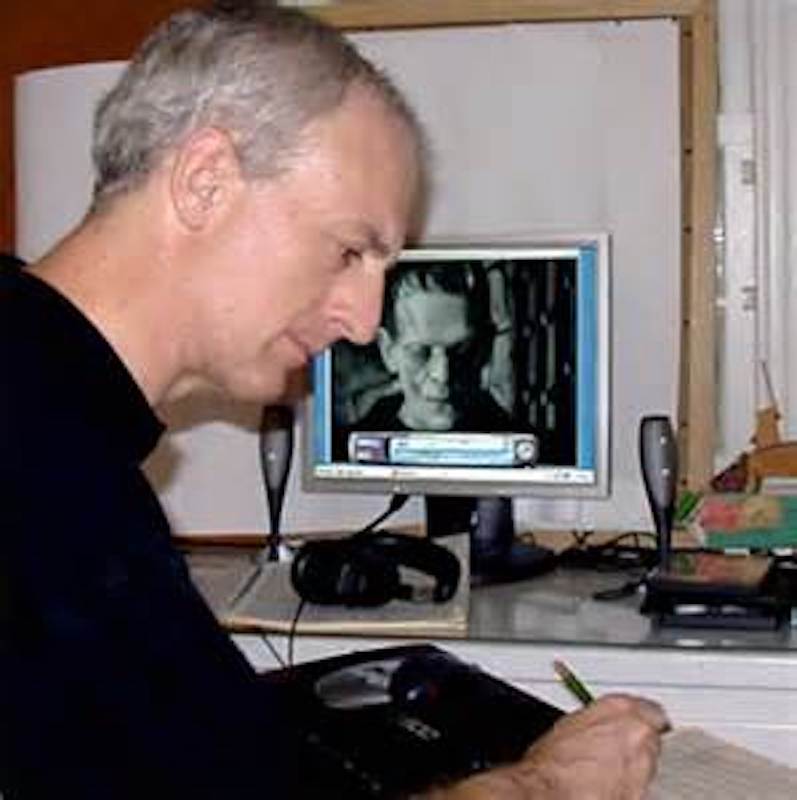
Michael Shapiro: The Babbling Orchestra for piccolo solo, narrator, and orchestra
Orchestration: for study purposes (study score)
Duration: 13'
The Babbling Orchestra for piccolo solo, narrator, and orchestra tries to reconcile sections of the orchestra with each other when they cannot find peace.
The Babbling Orchestra for piccolo, narrator, and orchestra with video is a 15-minute family piece with a story of playing well with others and global cooperation. International roles are played by different members of the orchestra, while the spotlight is shone on the solo piccolo who brings peace among the nations through virtuosity and lyricism. Ultimately there is only harmony among different peoples when there is harmony in the music.
The work is intended to be accompanied by large-scale visuals of art drawn by local elementary school children from the community of the orchestra playing.
The orchestration of the piece is similar to (and was coupled with at its initial workshop performance) Peter and the Wolf, except for an expanded percussion section and a Tabla.

Grigory Smirnov: Why the Aspen Tree is White
Orchestration: for violin I, violin II, viola, violoncello, flute and piano
Duration: 16'
On a story by Peter and Robert Sherman. For narrator and ensemble (flute, string quartet, piano). Chamber version (2021), originally composed for narrator and small orchestra in 2018. Conductor is recommended (but not required). Narrator is advised to use the piano part.

Ulf-Diether Soyka: Leia, No. 02 from Alien Microetudes for 1 (any) melody instrument and piano
Orchestration: for violin, clarinet in A, alto saxophone in Eb, horn in F and trumpet in Bb
Duration: 3'
"All my Aliens" are 21 microinterval etudes (partly of intercultural character) and a prelude for any melody instrument and piano (some of them are also intonation etudes). The occasion for these pieces was the microintervallic 3rd symphony ("Die Unspielbare") - for which European pupils, among others, can train the necessary pitch sensitivity using the standard notation (according to H.P.Hesse, M.Vogel). The pieces are each about 1 - 3 minutes long, appear partly traditionalist (as intonation etudes with special accidentals for syntonic and Pythagorean comma etc.), partly as an intercultural introduction to world music (maqam, slendro etc.), partly jazzy (blue notes, alphorn fa), partly avant-garde (e.g. notation of rap language melody).
Leia is one of the lyrical-melodic movements from this collection. The piece sounds partly quite traditional, partly - gently but slightly obliquely - deviating from the familiar pitches, which are always logically supported by the piano accompaniment. This makes the piece easy to play even for young people without absolute pitch, and the "just-intonation" of each pitch can also be easily found with relative-eartraining. The sound recordings inserted here at a slow practice tempo can also help.
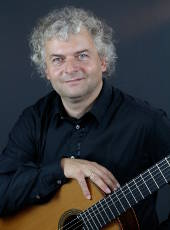
Siegfried Steinkogler: Zeit für Stille Nacht
Orchestration: for Orchestra
Duration: 60'
Contemporary, entertaining Christmas story for orchestra and speaker by using the tune of "Silent Night" by Fr. X. Gruber

Andreas Urevsky: Pantomime
Orchestration: for Chamber Orchestra
Duration: 10'
This work was created at a time when I was particularly active as a dancer in competitions. After my own pantomime show, which I organized for children, I had the idea to combine it in a transdisciplinary way. The mime embodies the emotions contained in the music with his facial expressions and gestures. Thus, in addition to the auditory component, namely the music, the spectator also has the visual representation of the most human thing that exists, our emotions!
Since children inspired me to do this, this piece is dedicated to all the children of the world!

Anna Veismane: Rise, Sunshine!
Orchestration: for violin I, violin II, viola and violoncello
Duration: 3'
Composition was inspired by Latvian folk song about rising Sun. According to Baltic myth, Saule, the Sun, rides each day through the sky on a chariot with copper wheels, drawn by horses who neither tire nor rest, nor sweat. The Sun goddess determines the well-being and regeneration of all life on Earth.
Recommended for young musicians, who already have some technical/ensemble playing skills.
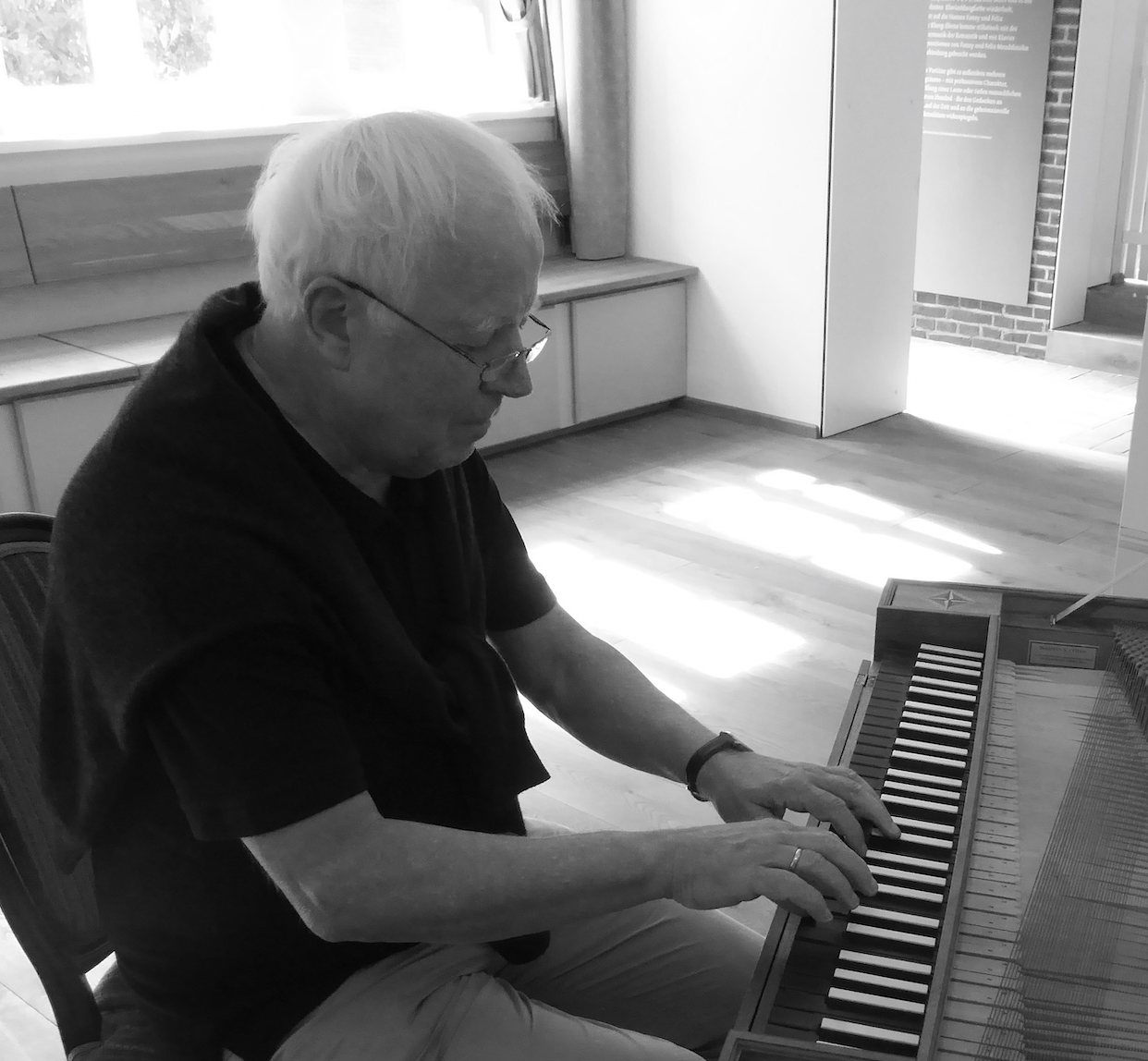
Karl-Michael Vitt: Pendel der Zeit - Gruß an G.
Orchestration: for piano for 4 hands
Duration: 4'
piano for 4 hands

Matthias Winkler: Orken im Zauberwald
Orchestration: for children's choir and Orchestra
Duration: 75'
The 70-minute children's opera "Orken im Zauberwald" tells the story of the boy Orken, who is bewitched into a rat by the evil wizard Grindor in an enchanted forest. Finally, the fairy Demirades, who is freed by him, manages to defeat the wizard.
In the course of the play there are several interesting changes of perspective. Orken takes pity on the poor old man. As soon as he shakes hands with him, the evil wizard turns him into a rat.
In his castle, Grindor complains that his pet "breaks down". He also knows that he should feed it, but is too lazy to look for the spell book to look up the spell. This is typical child behavior, and children will easily recognize it. But in this case, it is they (or rather their identification figure Orken) who suffer from this behavior.
After the fairy Demirades, who is locked up in the cellar, explains to him how he can free her, Orken drags himself with his last strength back to the castle to look for the powerful fairy ring. But he is very disappointed when the fairy confesses to him that she is much too weak to defeat the wizard. But after freeing the other imprisoned beings, together they are now strong enough to do what none of them was able to do alone.
In the process, we find in the boy some patterns of behavior typical of such situations. On the one hand, he admires the wizard who holds him captive, even finds him nice (Stockholm syndrome). In this fairy tale, the wizard has "enchanted" his mind so that he no longer feels anything. When the fairy frees him from this "spell", he calls her a "devilish bird", because he suddenly realizes how badly he feels (a situation typical in therapy).
This children's opera is of the "Magic Flute" type, i.e. an opera with spoken texts, which experience shows children can follow more easily. And of course there is a comic character (here: Grindor).
Below you find a 5 minute trailer of a performance with children of the 3rd and 4th classes of the Königswieser Primary School Munich (as well as two older pupils).
Unfortunately, there is only a German edition available at the moment.
You are welcome to make your own translation.
